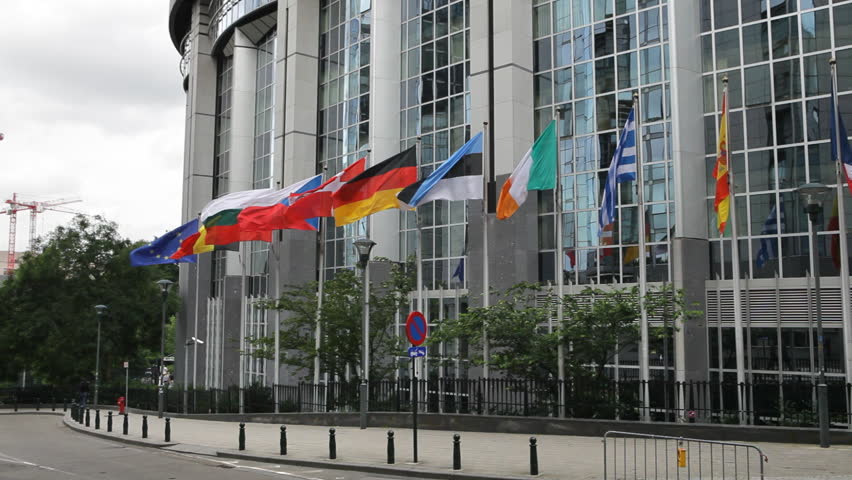A decade ago, the European Central Bank took its first step to becoming the eurozone’s firefighter-in-chief. Its €95 billion ($111.4 billion) emergency loan to banks on Aug 9, 2007, was the initial response to a financial crisis that would force the Frankfurt-based institution to expand its balance sheet by trillions of euros.
The ECB—together with international peers such as the Federal Reserve and the Bank of England—took center stage in an unprecedented battle against bank failures, recessions and sovereign-debt turmoil that changed the economic landscape and forced a complete rethink of what monetary policy can and should do, Bloomberg reported.
The ECB’s job was additionally hampered by an incomplete currency zone weighed down by infighting and paralysis. But with the recovery finally holding up after years of stimulus and hard-fought economic reforms, central bankers have started to contemplate a return to more normal policies.
One of many milestones on that path is expected in the fall, when ECB president Mario Draghi may offer an outline of a gradual exit from a 2.3 trillion euro bond-buying plan.
“The ECB has literally thrown the kitchen sink at the crisis,” said James Nixon, a former economist at the central bank, who now works for Oxford Economics in London. “They are deep, deep into non-standard monetary policy, and getting back from there is a process that’s going to take a decade. It’s going to be extraordinarily protracted.”
Fine-Tuning
Ten years ago, ECB president Jean-Claude Trichet was in St. Malo, northwest France, for a sailing holiday when the US subprime crisis reached Europe in full swing, forcing French bank BNP Paribas SA to halt withdrawals from three investment funds. Using faxes and telephones, he and his colleagues crafted the central bank’s response—a statement that officials were monitoring money-market tensions, followed by a pledge to lend financial institutions as much money overnight as they asked for.
Demand for the so-called fine-tuning operation exceeded the €69.3 billion given on the day after the Sept 11 terror attacks. The ECB made three similar offerings in the days through Aug. 14.
Trichet had warned of a repricing of risks since 2005, but in the summer of 2007, he didn’t heed the signs of trouble, and neither did his peers. Just one week earlier, the Frenchman had summoned the press to an impromptu briefing to telegraph that an interest-rate increase was imminent.
Mervyn King, Bank of England governor at the time, was also sanguine, declaring on the day before the market turmoil struck: “So far what we have seen is not a threat to the financial system. It’s not an international financial crisis.”
Draghi Enters
Ten years on, as the world’s central banks slowly unwind the unprecedented stimulus their economies came to rely on, the ECB is a different institution. Policy makers of the old school have been replaced by a new generation, Trichet’s insistence to never pre-commit gave way to Draghi’s forward guidance, and the governing council’s remit was expanded to include banking supervision.
Draghi, who took over the ECB baton from Trichet in late 2011, may signal his future course of policy in Jackson Hole, Wyoming, where he will attend the Fed’s annual symposium on Aug 24-26.
Instead of following the Fed into quantitative easing in 2008 to haul the economy out of the recession triggered by the collapse of Lehman Brothers Holdings Inc, the ECB relied on a policy that would provide banks with unlimited liquidity for years at a time.
Purchases of covered bonds were aimed at rekindling credit growth, and when the central bank eventually ventured into government-debt markets in 2010, it was to restore the transmission mechanism of monetary policy at the beginning of the region’s debt crisis.
A 2012 program that promised large-scale sovereign-bond buying in exchange for structural reforms triggered a lawsuit and was never used.
Deflation risks eventually brought QE to the eurozone in March 2015—four months after the Fed phased out its own scheme. With inflation slowly returning to a region that was on the verge of crumbling when Greece threatened to ditch the single currency, policy makers are about to start a debate about unwinding stimulus. Draghi has promised an update on future asset purchases for autumn.
Even under the most optimistic economic scenario, the normalization process will drag out for years and won’t be concluded until long after asset purchases stop and interest rates begin to rise, according United Bank of Switzerland chief European economist Reinhard Cluse. Some of the once non-standard tools may even continue to be used.
“If you look at all the pain which the ECB had in rolling out these facilities—the crises, the politics, the time it took them to start QE—perhaps this was also necessary in the ECB’s growing-up process,” Cluse said. “But now that these policy tools have been invented and implemented, the effect could be that in the future—even after having normalized—we will reach for these instruments again and that they might not have been as extraordinary as we once believed them to be.”


